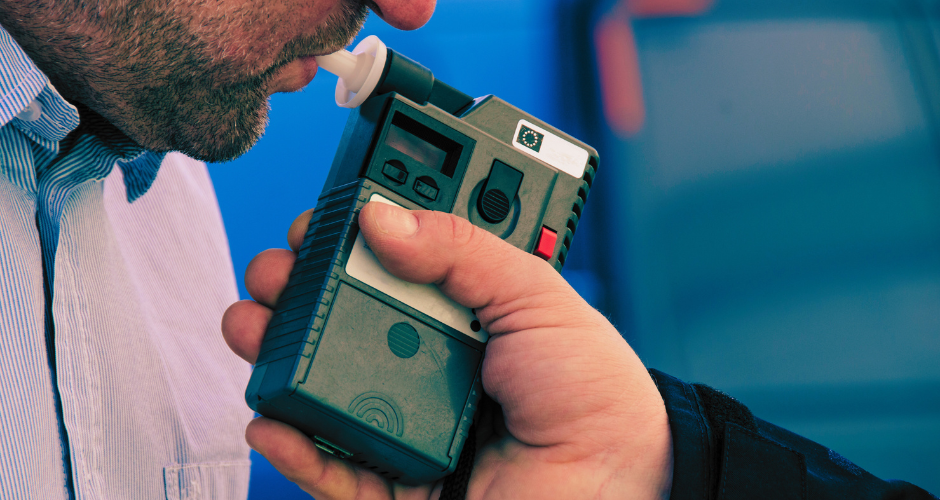The U.S. Department of Transportation Workplace Drug and Alcohol Testing programs regulate more than eight million transportation workers in safety-sensitive roles. As part of this effort, the Breath Alcohol Technician (BAT) plays a critical role in deterring alcohol use and impairment in the workplace and protecting on-the-job and public safety.
Upon completion of this professional-level course, the BAT will be qualified to perform breath alcohol testing in accordance with DOT regulations laid out in 49 CFR Part 40, using best practices and meeting all industry standards for excellence. The BAT will also have the knowledge, skills and proficiency needed to successfully perform non-regulated breath alcohol tests, as DOT sets the gold standard for training related to workplace drug and alcohol testing.
BAT Qualification Requirements
To become a DOT-qualified technician, students must complete three required phases of training:
- Training in the required processes and procedures for breath alcohol testing under 49 CFR Part 40 (contained in this online course).
- Proficiency training in the operation of the Evidentiary Breath Test device(s) the student will be using to perform breath alcohol testing.
- Demonstration of proficiency through the successful completion of seven error-free mock alcohol tests under the supervision of a qualified trainer. Read more.
Device proficiency training and mock trials are not included in the online portion of this course. You must contact a Certified Trainer within 30 days of completing the online class to complete these. The Certified Trainer will instruct you on the use of a specific device and perform the mock trials. The cost of device-specific training with the mocks varies depending on the trainer and the time required. (Contact your device manufacturer directly for a list of qualified proficiency trainers.)
To be DOT-qualified, BATs are required to:
- Complete mandated training. This includes the three parts of the DOT modal training program discussed above and Refresher Training no less frequently than every five years. In addition, if a BAT has made a mistake that has caused an alcohol test to be cancelled, they must complete BAT Error Correction Training within 30 days of notification.
- Be familiar with the regulations outlined in 49 CFR Part 40 and any amendments. This includes staying informed and updated about policy changes by regularly checking the Office of Drug and Alcohol Policy and Compliance (ODAPC) website. It is REQUIRED that BAT operators join the ODAPC email list. You may sign up here: https://www.transportation.gov/odapc/get-odapc-email-updates
- Be prepared to follow the procedures outlined in 49 CFR Part 40.
- Understand their key role in preserving the integrity of the testing process, protecting the right to privacy of employees and conducting themselves in an appropriate and professional manner during the testing process.
- Demonstrate proficiency in the operation of the particular device(s) they will be using and in implementing the testing procedures.
After completing their training, BATs are required to demonstrate their knowledge, skills and proficiency through the completion of the seven error-free mock alcohol tests with a qualified monitor.
The entire training process, including the device proficiency training and mock collections, should be completed within 30 days.
Learning Objectives
Through this course, you will:
- Learn DOT workplace alcohol misuse and prevention rules.
- Become familiar with evidential breath alcohol testing (EBT) devices and how they function.
- Learn DOT processes and procedures for performing breath alcohol tests, including initial screening and confirmation tests.
- Understand your responsibility for preserving the integrity of the testing process.
- Develop the skills to interpret and record alcohol tests.
- Learn the mandated record-keeping protocols and limitations regarding the sharing of information.
- Become familiar with appropriate conduct standards.


